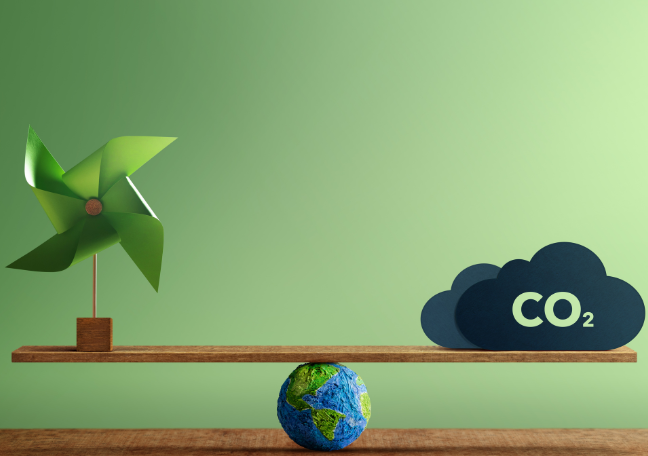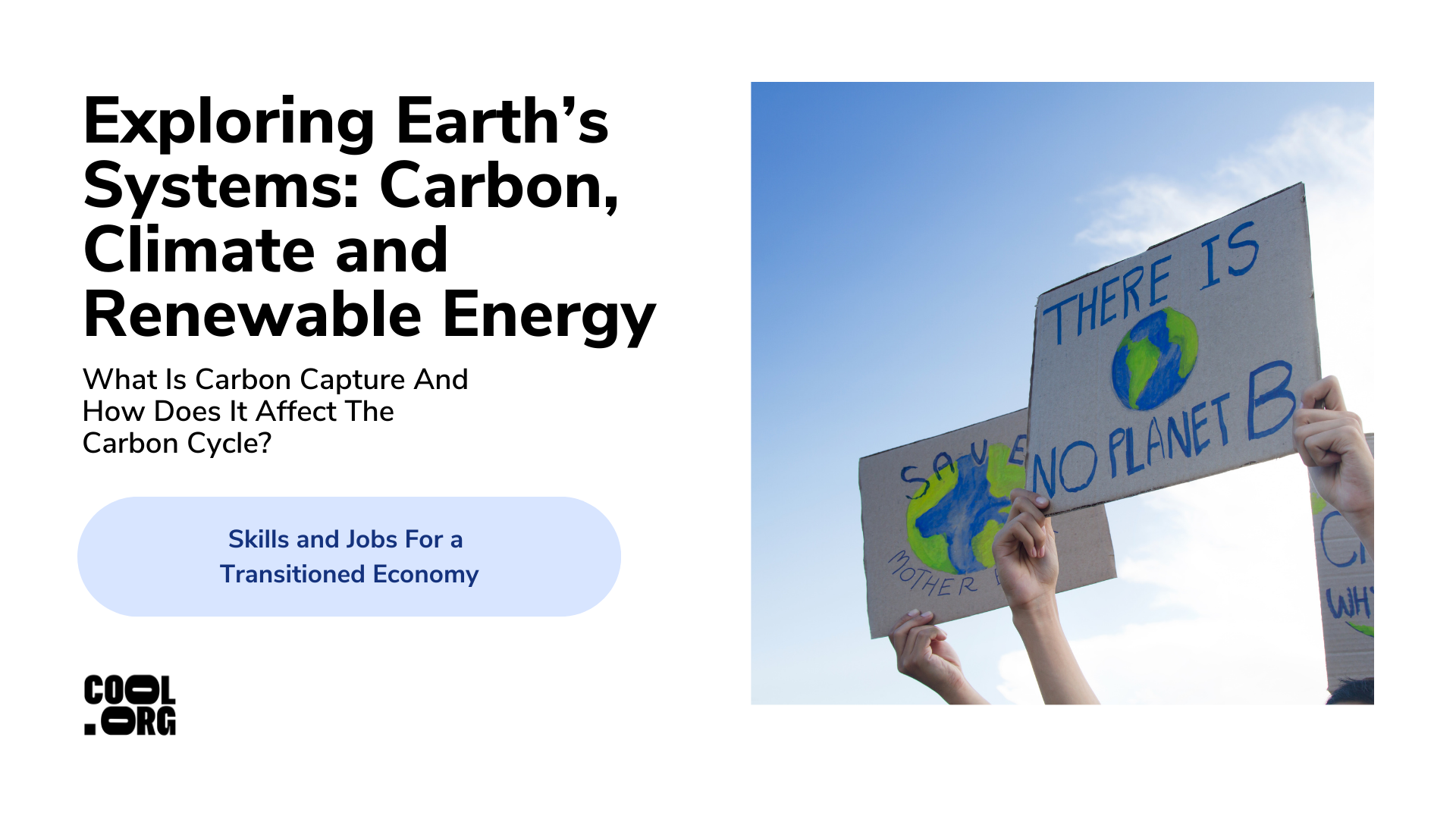Lesson summary
Students delve into the concept of carbon capture and explore various methods and technologies used to remove carbon dioxide from the atmosphere. They investigate the impact of carbon capture on the carbon cycle and learn about innovative approaches to transition towards a net zero economy while reflecting on the implications for the future.
Learning intentions:
Students will...
- Understand the concept of carbon capture and investigate different innovative methods for removing carbon from the atmosphere, as well as their effect on the carbon cycle.
Success criteria:
Students can...
- Define carbon capture and give examples of techniques that can be used to remove carbon from the atmosphere.
- Summarise the effect of carbon capture methodologies on the carbon cycle.
- Evaluate the advantages and limitations of carbon capture technologies and their effectiveness in allowing society to transition to a net zero economy.
- Decide what type of jobs and careers will allow for these technologies to be used more widely in the future.
Lesson guides and printables
Curriculum links
Select your curriculum from the options below.
Lesson details
Skills
- Collaboration
- Curiosity
- Ethical Understanding
- Communication
- Reflection
Curriculum Mapping
Australian Curriculum (v9.0) content description: Year 9 Earth and Space Sciences
- Represent the carbon cycle and examine how key processes, including combustion, photosynthesis, and respiration, rely on interactions between Earth’s spheres (the geosphere, biosphere, hydrosphere and atmosphere) (AC9S9U03).
General capabilities: Critical and Creative Thinking, Personal and Social Capability
Syllabus outcomes: Stage 5 ES3
Cross-curriculum priority: Sustainability
Relevant parts of Year 9 Science achievement standards:
Students can explain how interactions within and between Earth’s spheres affect the carbon cycle.
UN Sustainable Development Goals
Resources Required
- Device capable of presenting audiovisual material
- Student devices for research
Additional Info
Level of teacher scaffolding: Low – facilitation of discussion and research.
This unit of lessons, along with the other units in the Skills and Jobs For a Transitioned Economy package, aim to teach students how to be climate solution entrepreneurs. These lessons will equip students with the relevant skills and knowledge of jobs and career pathways that will be able to sustain our economy once it has transitioned away from fossil fuels.
Cool.org thanks our philanthropic partners, the Lord Mayor’s Charitable Foundation and Boundless Earth, for their generous contributions in helping us to create these resources.



Welcome back!
Don't have an account yet?
Log in with:
Create your free Cool.org account.
Many of our resources are free, with an option to upgrade to Cool+ for premium content.
Already have an account?
Sign up with:
By signing up you accept Cool.org's Terms and Conditions(Opens in new tab) and Privacy Policy(Opens in new tab).